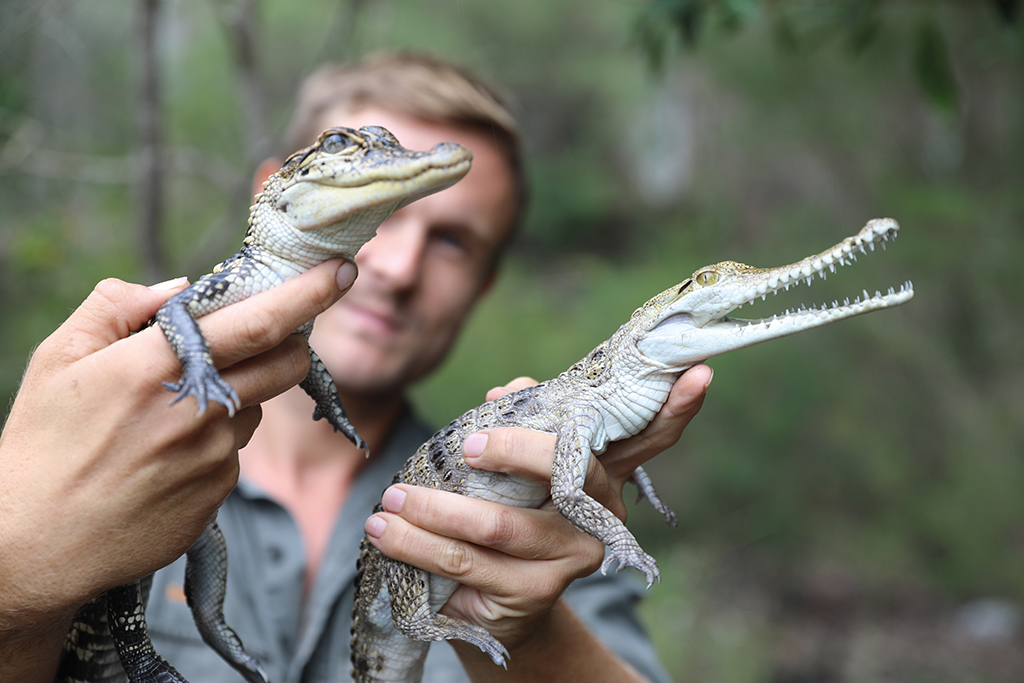
More than your ordinary zoo
At the heart of the Central Coast, nestled within natural bushland near Somersby, its one of Australia’s premier tourist attractions – the Australian Reptile Park.
Contrary to what the name suggests, the Reptile Park is not just about reptiles. Along with close to 50 reptile species on display (one of the largest reptile collections in Australia), there’s also a menagerie of intriguing native and exotic mammal and bird species.
But that’s not all you’ll find at the Park. Behind the scenes, committed zookeepers are working tirelessly to protect threatened species and, in some instances, risking their own lives every day to save the lives of others. From extracting venom from deadly spiders and snakes to supporting wildlife sanctuaries, the Australian Reptile Park is more than your ordinary zoo.
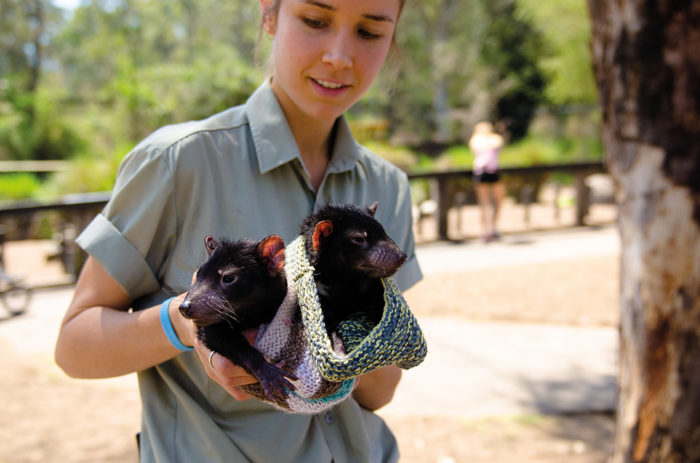
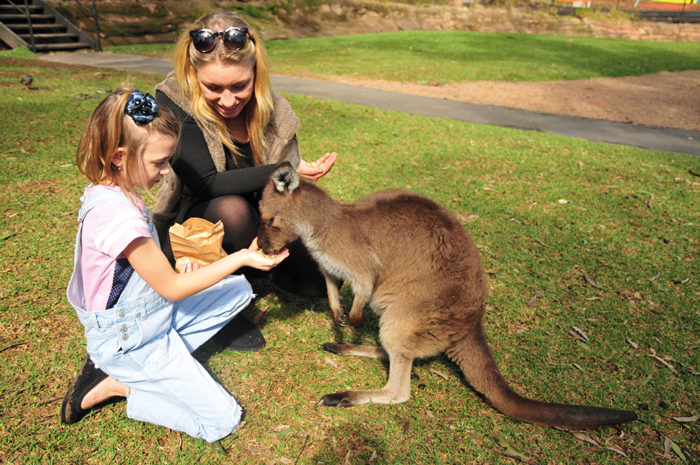
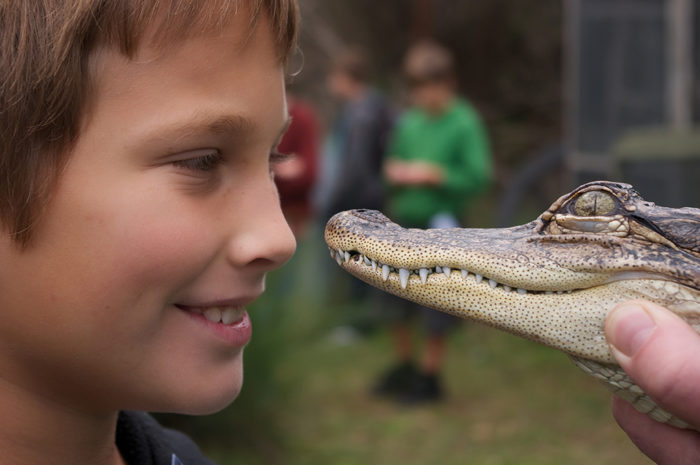
Australian Reptile Park K2K 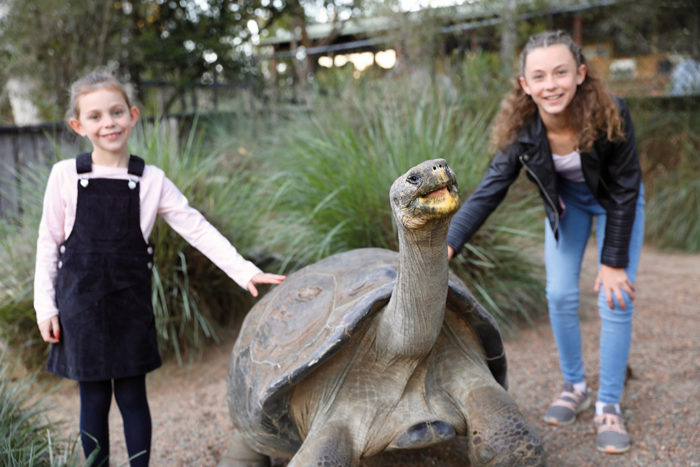


Over the course of its 60-year history, the Australian Reptile Park has become a Central Coast institution, with hundreds of thousands of locals visiting regularly. With memories of hand-feeding kangaroos, laughing hysterically at Ranger Mick’s reptile show and making meaningful connections with nature, the Park has ingrained itself in the minds of visitors for decades.
In 2019, at the NSW Tourism Awards, the Park was honoured with the coveted ‘Major Tourist Attraction’ award. The Australian Reptile Park is now the first business ever to hold both the NSW Business of the Year and Major Tourist Attraction awards within a 12-month period.
Over 60 years in operation
The Australian Reptile Park as it’s known today, first opened in 1958 at Wyoming when naturalist Eric Worrell had the idea of combining snake venom production with tourism. Eric’s high public profile from his many publications and television documentaries helped to get the project off the ground.
Sadly, Eric Worrell passed away in 1987, yet his dream lived on with two passionate employees, John and Robyn Weigel. They invested financially, took ownership of the Park and have been running it ever since – with many challenges and successes along the way.
In 1996, the Australian Reptile Park did what no other Australian zoo of its size had done before; it relocated from Wyoming to Somersby to be closer to the M1. It truly was a move like no other and included relocating over a thousand animals and 26-metre long mascot, Ploddy the dinosaur.
Creating the next generation of conservationists
Park Director Tim Faulkner measures the success of the Australian Reptile Park by its impact on the next generation of animal conservationists. “When families visit the Park, we want everyone to have the best family fun day out – that’s a given. But for me, the most special thing about the Australian Reptile Park is that kids get to see our wildlife up close, interact with it, ask questions and learn about each species.
“This kind of engaging learning experience is unlike anything that they’ll encounter at school. It’s these kinds of interactions that light that fire within to inspire our future advocates for animals and the environment.”
Tim Faulkner
The continued success of the Park has allowed it to branch out into a concerted animal conservation effort to secure a sustainable future for Australia’s native wildlife: Aussie Ark, started by Reptile Park owner and director John Weigel in 2011 as an insurance population for Tasmanian devils, has grown into NSW’s largest independently owned and operated conservation organisation.
Photos courtesy of Australian Reptile Park.
Read more in the current issue of Hunter&Coastal Lifestyle Magazine or subscribe here.

